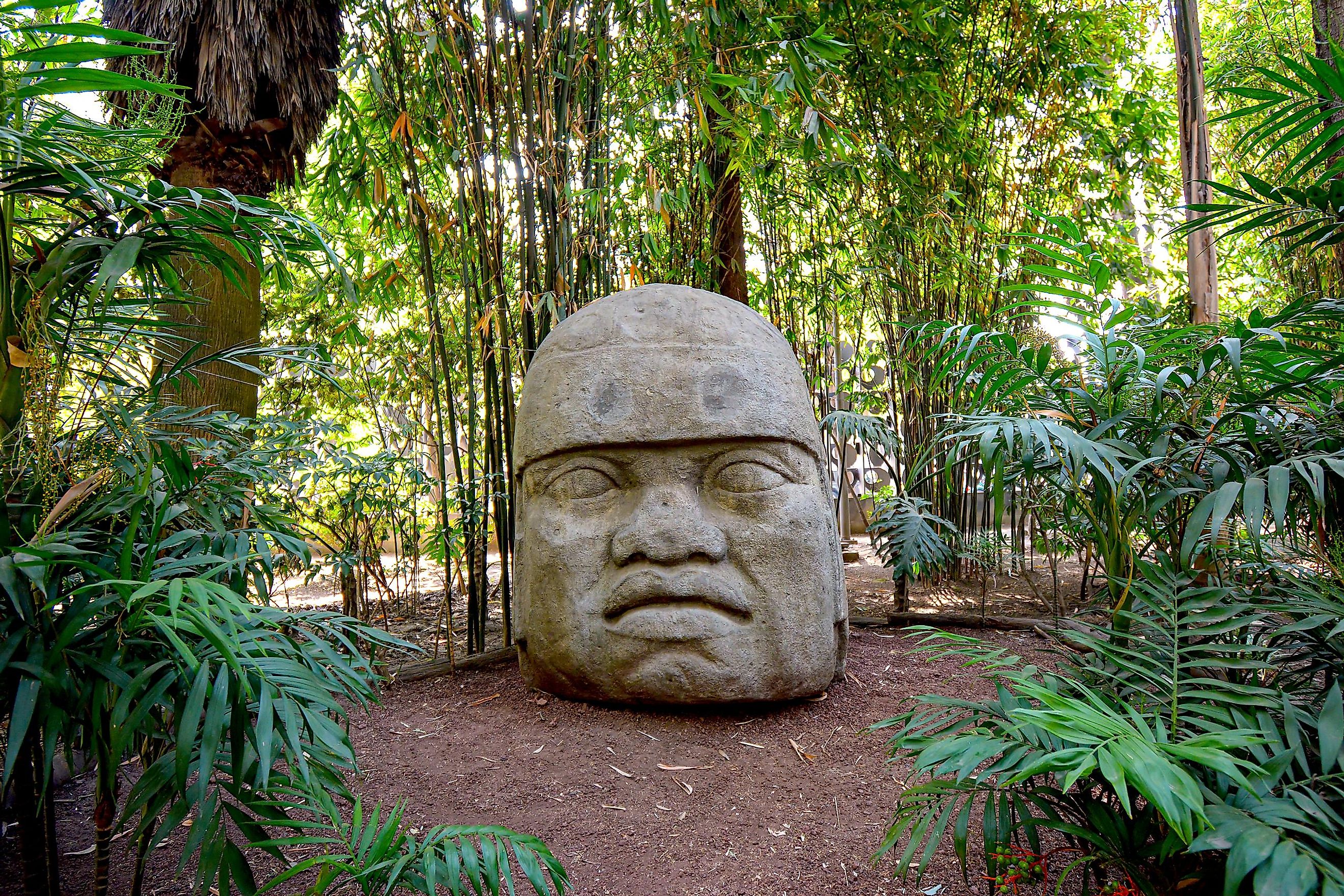
11 Most Incredible Ancient Artifacts
Every day we are learning more about our ancient past. Each year dozens of breakthrough discoveries and advancements in archeology give us a deeper understanding of the Ancient World. While everything we learn about ancient civilizations is important and valuable, some discoveries have changed our perception of entire time periods and people groups. Some findings are so important that if they were left unfound to this day, we would know almost nothing about key chapters of the human story.
King Tut's Sarcophagus Mask
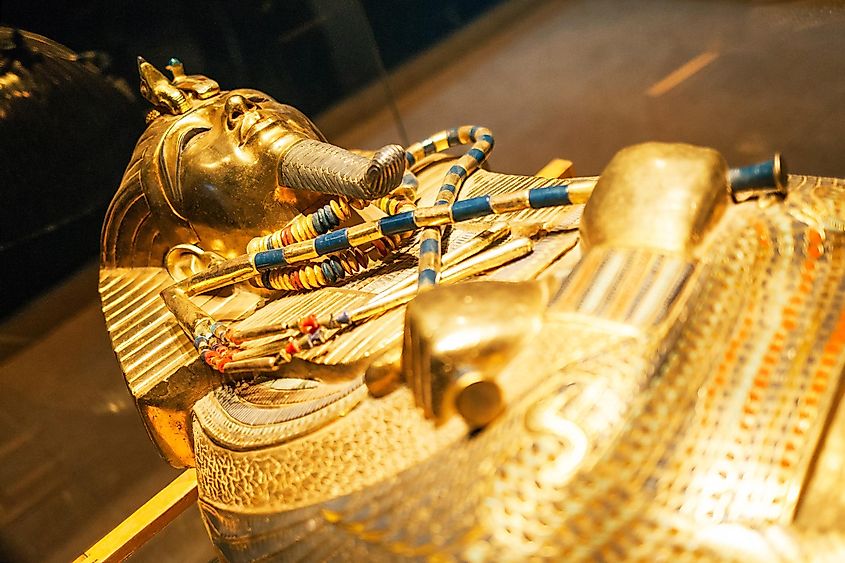
The most famous artifact of Ancient Egypt is undoubtedly the tomb of King Tut. While King Tut was by no means the most powerful or influential leader Egypt ever had, his burial chamber was by far the most well-preserved out of any found in history.
By the time of its discovery in 1922 by British archeologists, many of the known tombs of other Pharaohs and Kings were either looted or destroyed over the millenniums. The head of his sarcophagus is made of solid gold and elaborately decorated with lapis lazuli and other colorful stones and gems. Today King Tut's mask is the international symbol for all of Ancient Egyptian history and culture.
Olmec Colossal Heads
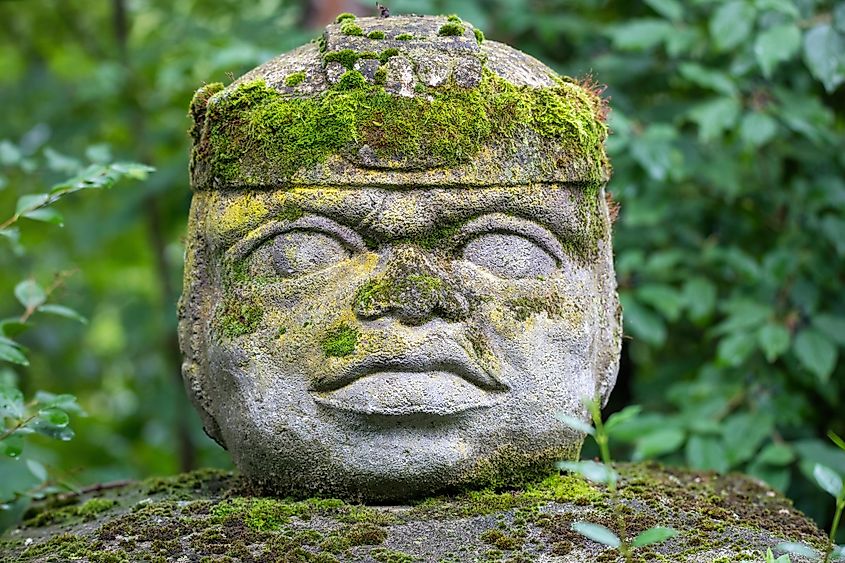
Sometimes referred to as the architects of Mesoamerican civilization, little is known about the Ancient Olmecs. The Olmecs are thought to have inhabited what is today much of Southern Mexico and Central America.
The Olmecs left almost nothing behind when they collapsed sometime in the 4th century BC. No physical evidence of the Olmecs was discovered until 1862, when a farmer in Mexico accidentally stumbled across the famous Olmec Heads. Since 1862, 17 other stone heads have been found in the surrounding area. The heads are between 5 and 10 feet tall and weigh around 14,000 lbs. How the Olmecs were able to carve and transport these sculptures still bewilders scientists to this day.
Venus Of Willendorf
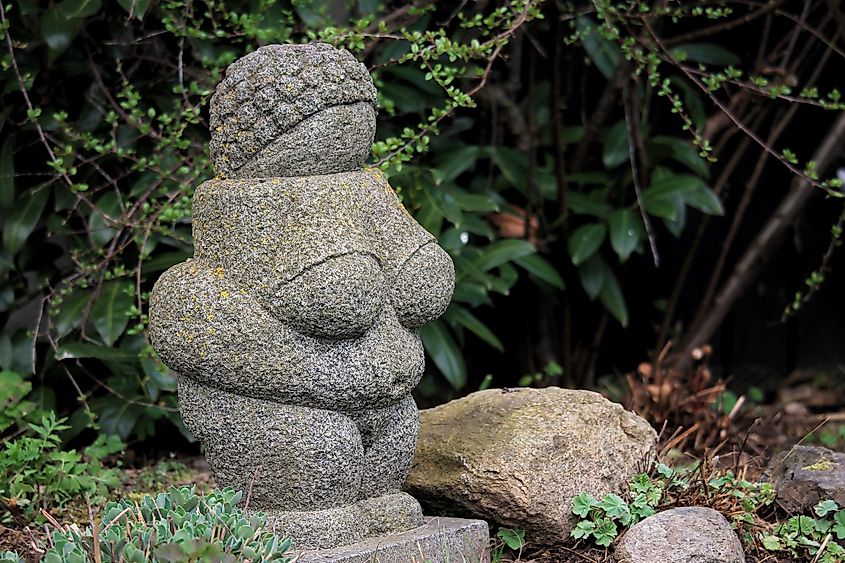
One of the oldest artifacts in the entire world, the so-called Venus of Willendorf, comes from modern-day Austria and is thought to be around 30,000 years old. The figure was first found in 1908 and is thought to have represented some Ice Age love goddess, something similar to Aphrodite in Greek mythology. The figure itself has accentuated feminine parts with wide hips, all of which could give us an idea of what the people of this time valued in terms of physical beauty.
Throughout the last 100 years, there have been many other similar findings along the Danube River. Other figures that shared many similar features to the "Venus" were also uncovered but were not of the same quality. Only time will tell if other dig sites find anything else notable about the Ice Age people of Europe.
Rosetta Stone
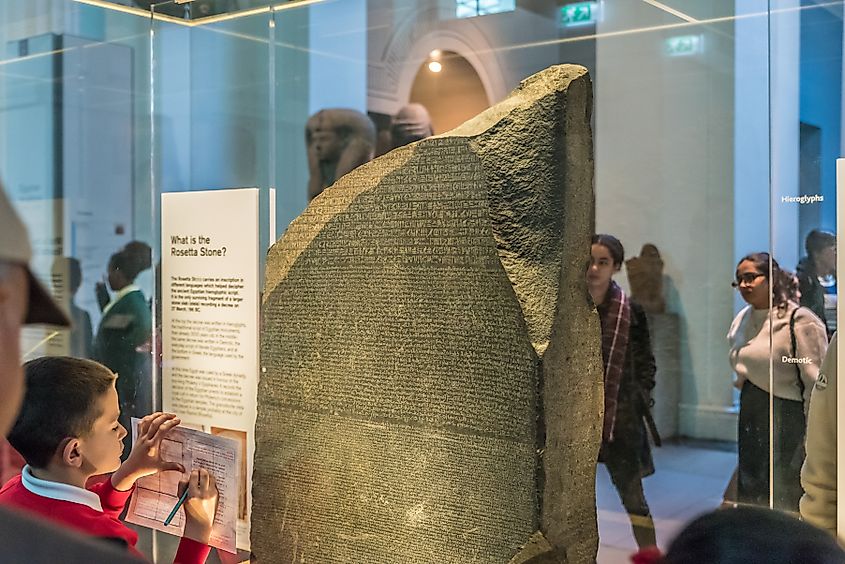
While the Tomb of King Tut is the most recognizable piece of Ancient Egypt, much of Egyptian history would still be undecipherable without the discovery of the Rosetta Stone. The Rosetta Stone was first found by none other than Napoleon Bonaparte during his conquest of Ottoman-controlled Egypt in the late 18th century and early 19th century. French troops were looting ancient ruins and stumbled across this large stone tablet without giving it much thought.
Upon further inspection, the tablet was discovered to be a royal decree ordered by the Greek-speaking Ptolemaic rulers. The decree was, of course, written in Ancient Greek, but underneath that was the same message written in Egyptian Hieroglyphics. A written system that had remained unintelligible up to that point. From that point on, historians and Egyptologists could read previously useless documents and records from Ancient Egypt that contained hieroglyphics.
Ishtar Gate
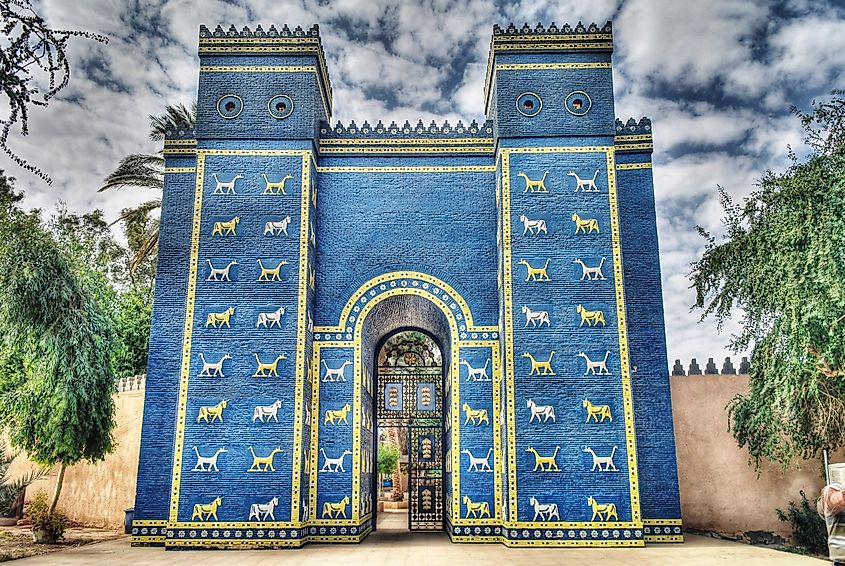
Another great civilization that emerged out of Mesopotamia was Babylonia. The Babylonians controlled much of the land that is today modern-day Iraq and Syria. They built great cities and wonders. Sadly not many of their achievements survived the test of time.
The most notable exception to this is the stunning and imposing Ishtar Gate. At one time, it served as one of the seven wonders of the Ancient World. The gate is decorated in lapis lazuli giving the structure its distinct blue hew. The gate was dedicated to the goddess Ishtar, a deity of love, fertility, sex, and war. It is not clear how or if the gate was used in any kind of religious ceremony. But the gate remains impressive nonetheless.
Law Code Of Hammurabi
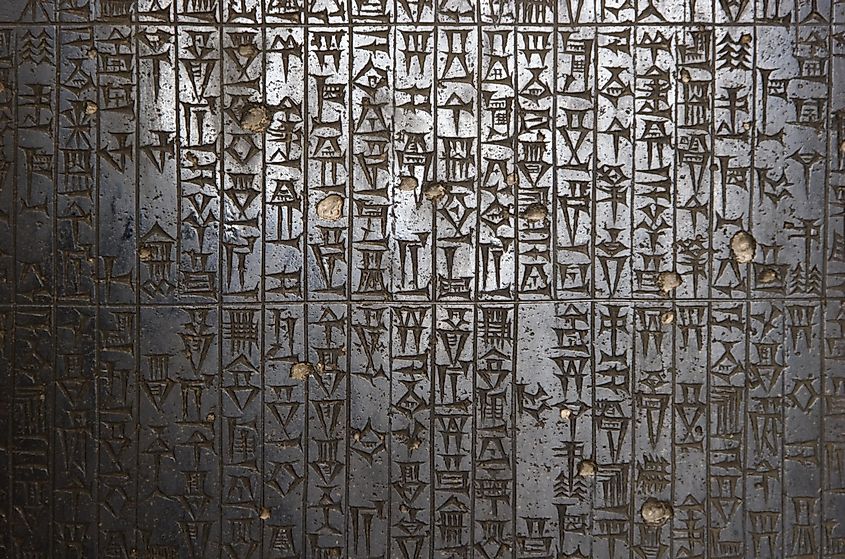
The civilizations that sprouted up in Mesopotamia around 4000 BC were innovators in countless ways. As far as we know, they were some of the first people on the planet to develop large-scale farming. They were also some of the first to create large-scale permanent settlements.
However, one of their longest-lasting legacies was their legal system which was developed under a king called Hammurabi. Often referred to as the Code of Hammurabi, it remains the world's oldest known codified legal system. The 282 laws passed by Hammurabi were engraved on a stone pillar and today are on display in the Louvre in Paris.
Bust Of Ramesses The Great
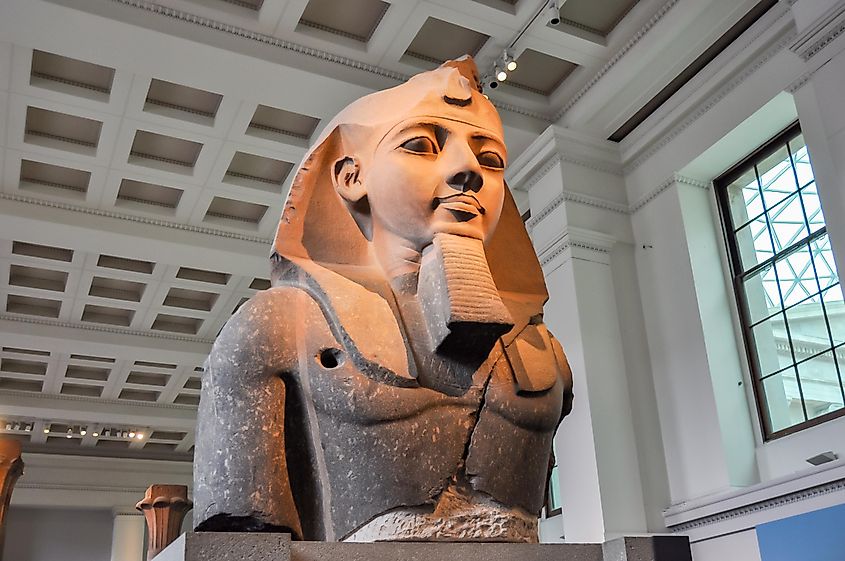
One of the prize possessions of the British Museum is the enormous bust of Ramesses II. It is thought that the bust was first built around 1270 BC. The bust in the hands of the British is just one of the two that were built. The second bust is still in its original location at Thebes in Egypt.
The British gained control of the bust after taking it off Napoleon Bonaparte during his conquest of Egypt in the early 19th century. It was transported to the Royal British Museum in the 1820s, and it has stayed there ever since. Ramesses II or also known as Ramesses the Great, is one of Ancient Egypt's most famous rulers. He is best known for his restoration of many poorly kept and decaying structures as well as for commissioning his own great monuments.
Mohenjo-Daro Dancing Girl
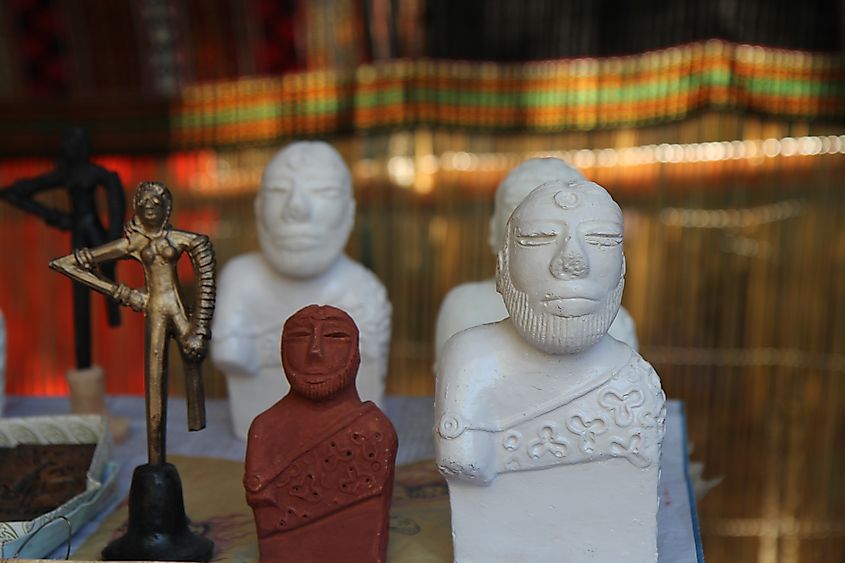
The Indus River peoples that settled what is today Northern India and Pakistan are some of the oldest civilizations in the world. Due to the baffling age of the Indus Valley people, little is known about their day-to-day life and how their civilization eventually collapsed.
The most valued artifact from the Indus Valley people is the Mohenjo-Daro Dancing Girl. This bronze sculpture depicted a young girl adorned with jewelry and other valuable accessories in some kind of dance. This sculpture was found in a burial mound along with other kinds of trinkets and belongings. Hopefully, more sites and digs will eventually tell us more about
Dead Sea Scrolls
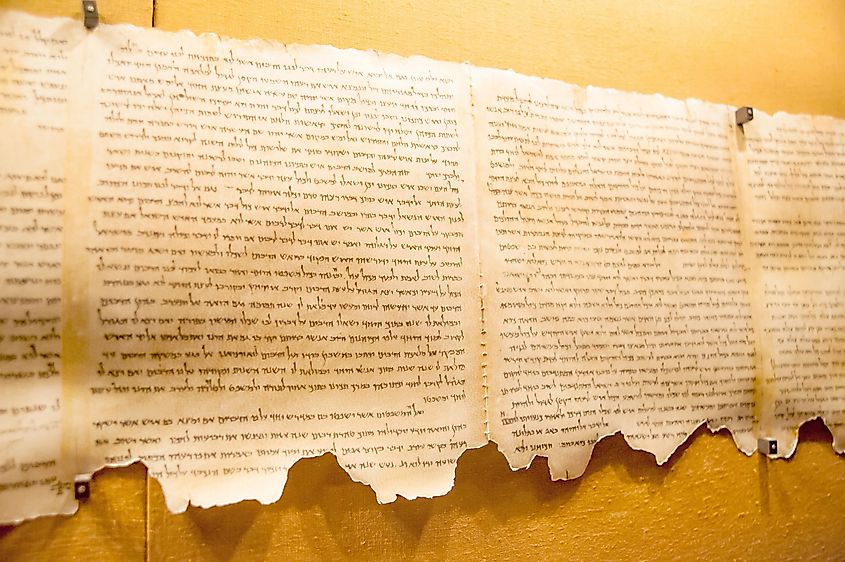
The Dead Sea Scrolls are a collection of ancient documents that were first discovered in 1946 and were found in the Qumran Caves. As the name would suggest, the scrolls were found on the north end of the Dead Sea.
The scrolls were written in Ancient Greek, Aramaic, and Ancient Hebrew. The scrolls revealed much about the great civilizations that existed when they were written. However, the most exciting and impactful aspects of the scroll were the early versions of the Hebrew Bible that were found as well. This gave historians and theologists a much richer and deeper understanding of what life was like when the Old Testament was written.
Bust Of Nefertiti
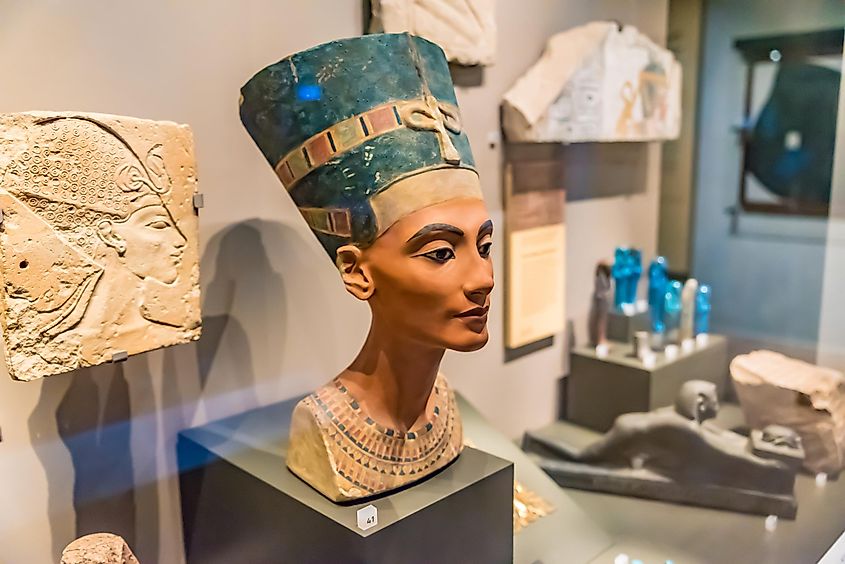
Little is known of Queen Nefertiti. If the existing written records are correct, Nefertiti was likely the stepmother of the famed King Tut. It is not sure how influential she really was within Egyptian society at the time either. Regardless, the bust made of her remains one of the most well-preserved artifacts of Ancient Egypt.
What is most remarkable about this artifact is how it was initially found. The bust was officially discovered in a salt mine in Germany after the Second World War. Historians hypothesize that the bust was smuggled out of Egypt by treasure hunters and either hidden by them or by a German citizen who paid for the bust to be delivered to them. Either way, this astounding artifact still remains in Germany today in the Neues Museum in Berlin.
Terracotta Army
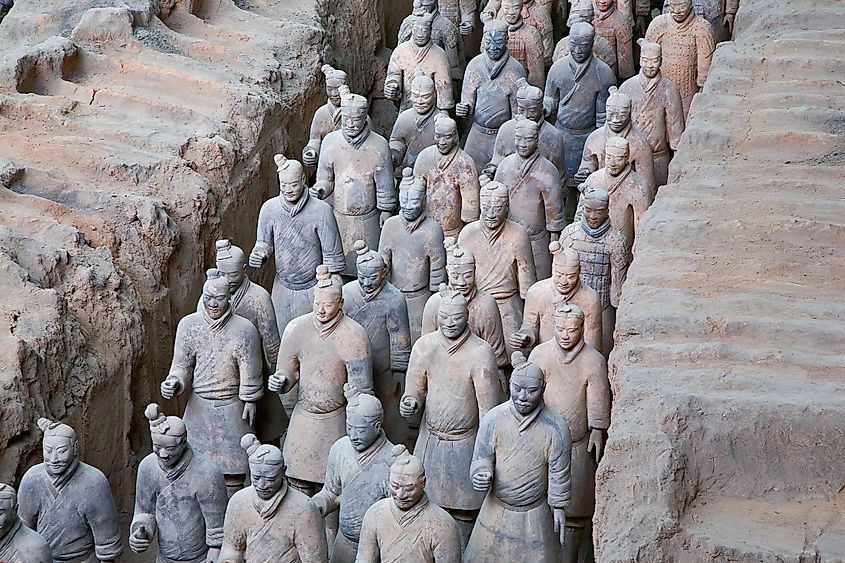
The Terracotta Army is certainly one of the most intriguing discoveries in the last century of archeology. The "army" consists of thousands of unique soldiers made out of clay. None of the soldiers are alike; each has different facial features and expressions.
The army was built in total secret. It is said that once the monument was finished, anyone who had a hand in its construction was killed to keep its location a mystery. It was so well hidden that it was not discovered until a group of Chinese farmers accidentally stumbled upon the site in 1974. It is thought that the soldiers were built for the tomb of Emperor Qin Shi Huang. The soldiers were meant to guard over him once he died.
Studying history through the pages of a history book can only take us so far. It is the astounding recovery and discovery of artifacts that take our understanding and appreciation of our past to the next level. Without the excellent work of modern historians and archeologists, we would not have access to the same amount of outstanding information that we have today. Thus, their work is an essential part of explaining the human story.











